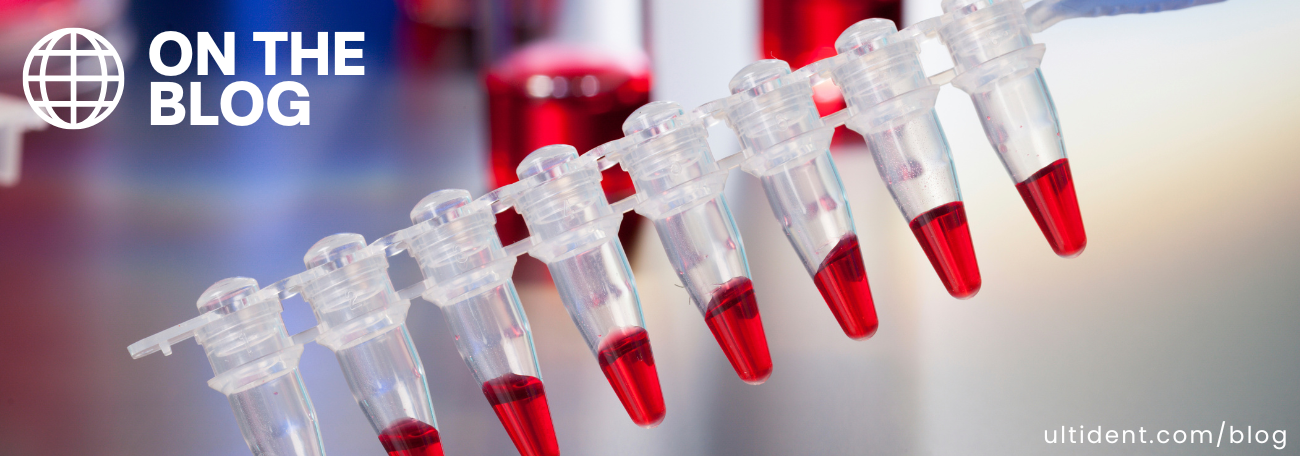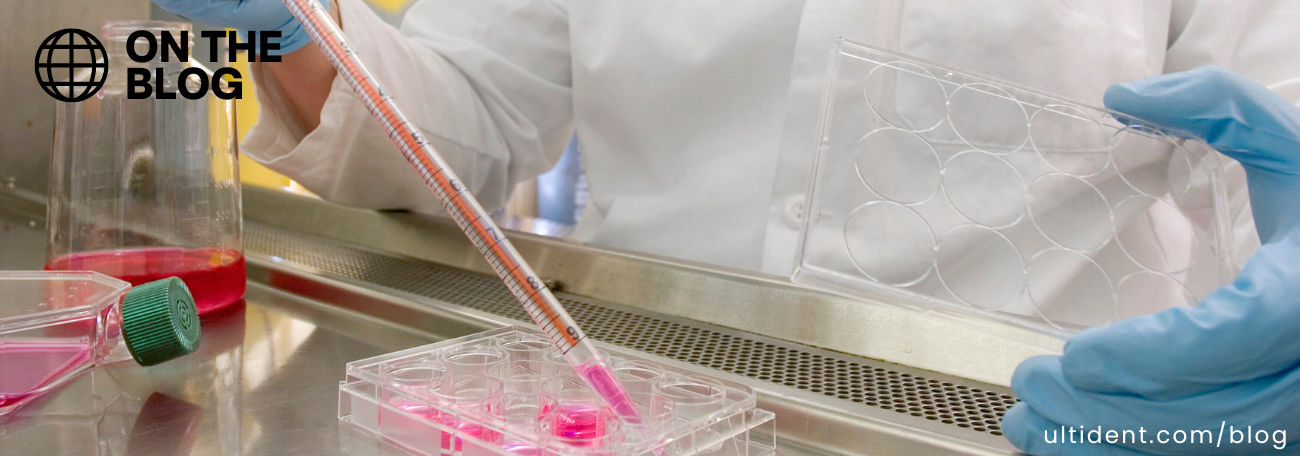Your Lab's Summer Survival Guide : A Checklist for Staying Cool and Efficient
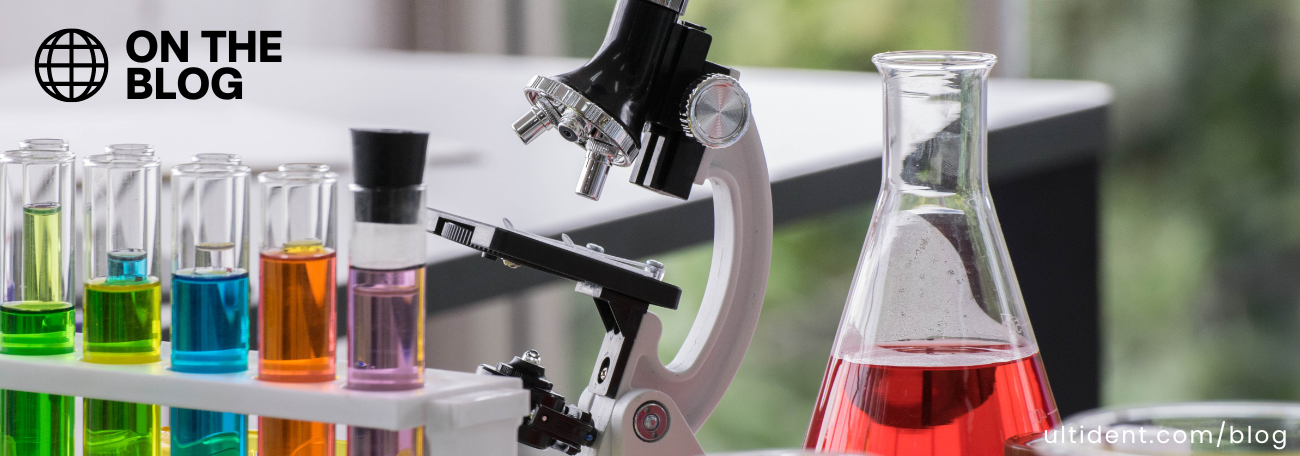

Your Lab's Summer Survival Guide : A Checklist for Staying Cool and Efficient
Summer months can bring unique challenges in the lab, with unpredictable temperature fluctuations and staffing changes that can easily disrupt the usual flow of operations. Use this checklist to ensure your lab thrives, laying the groundwork for a smooth and successful season.
1. Temperature and Humidity Control
☐ Ensure that air conditioning systems are functioning correctly to maintain stable temperature and humidity levels. Extreme heat and humidity can affect the performance of sensitive equipment and the stability of reagents and samples.
☐ Use digital thermometers and hygrometers with alarms to continuously monitor lab conditions.
2. Summer Staffing and Training
☐ Plan for vacations and reduced staffing levels by adjusting schedules and redistributing workloads. Ensure critical tasks are covered and there are always personnel that is trained for emergencies.
☐ Summer is a common time for internships. Provide comprehensive onboarding and safety training for interns. Ensure there is always someone available for interns to ask questions and seek guidance.
3. Energy Conservation
☐ Reduce energy consumption by turning off or putting idle equipment into standby mode when not in use. Schedule high-energy processes, such as autoclaving, during cooler parts of the day to minimize the load on cooling systems.
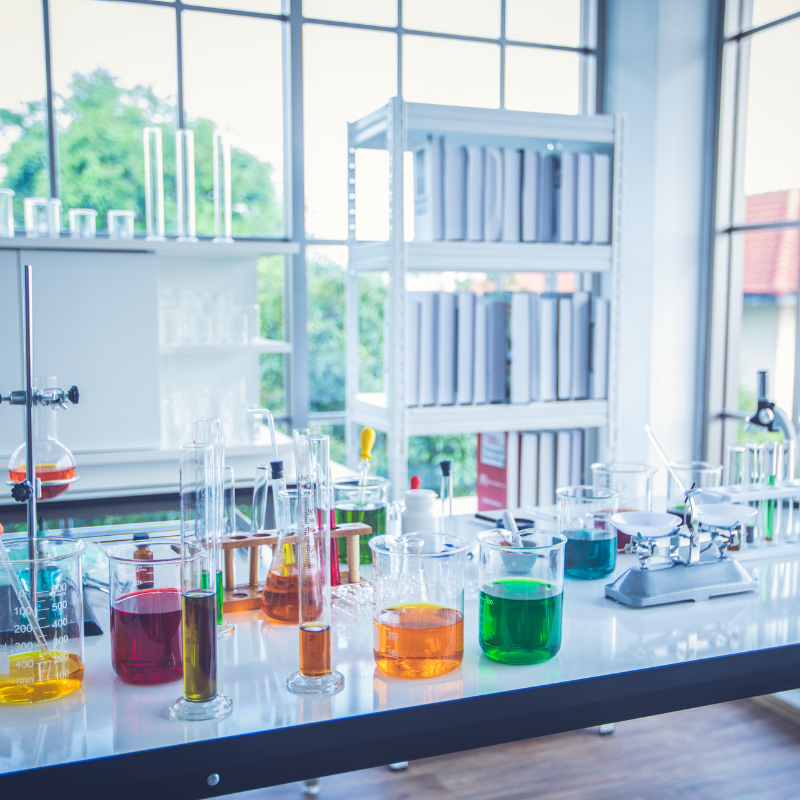

4. Inventory Management
☐ Anticipate potential delays during the summer and ensure that you have adequate stocks of lab essentials including consumables and protective gear. Ultident Scientific can help you stock up on all the essentials, feel free to contact us here.
☐ Take advantage of the lab being quiet to organize and update stock. Properly label and store chemicals and reagents to prevent degradation due to heat and humidity.
5. Equipment Maintenance
☐ Use the quiet summer months to perform routine maintenance and calibration.
☐ Pay special attention to refrigerators, freezers, and HVAC systems. Ensure they are operating efficiently and that there are no issues with seals, filters, or coolant levels.
6. Safety Protocols
☐ With potential for extreme weather, review and update your lab’s emergency response plans, including procedures for power outages and heat waves.
☐ Promote awareness of heat stress among lab personnel. Ensure access to water and encourage regular breaks and hydration to maintain focus and safety.
7. Research Planning and Project Management
☐ Consider the slower pace of summer due to vacations and reduced staffing. Adjust project timelines and set realistic goals to maintain productivity without overburdening the team.
☐ Ensure clear and consistent communication among team members, especially if working summer hours or on flexible schedules.
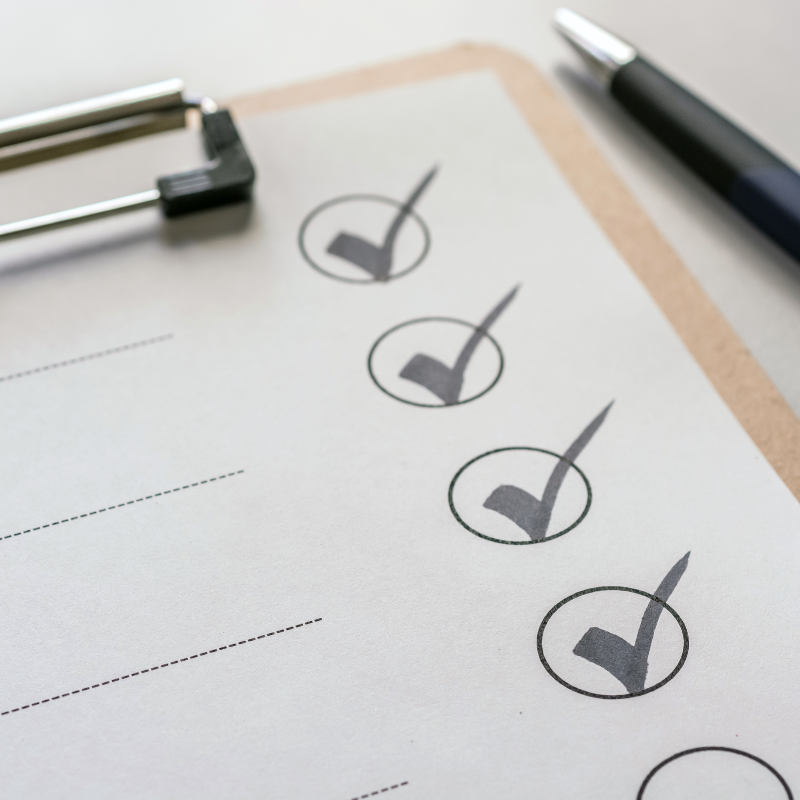

8. Additional Considerations
☐ Ensure proper and safe ventilation in storage areas for volatile chemicals.
☐ Review and replenish first aid kits and emergency supplies.
☐ Review lab protocols and update as necessary.
☐ If you are considering installing fans, evaluate their safety first by considering factors such as noise levels, available space, and the potential for circulating fumes.
☐ Encourage regular breaks (especially if your lab runs hot) and a healthy work-life balance to maintain morale and productivity.

